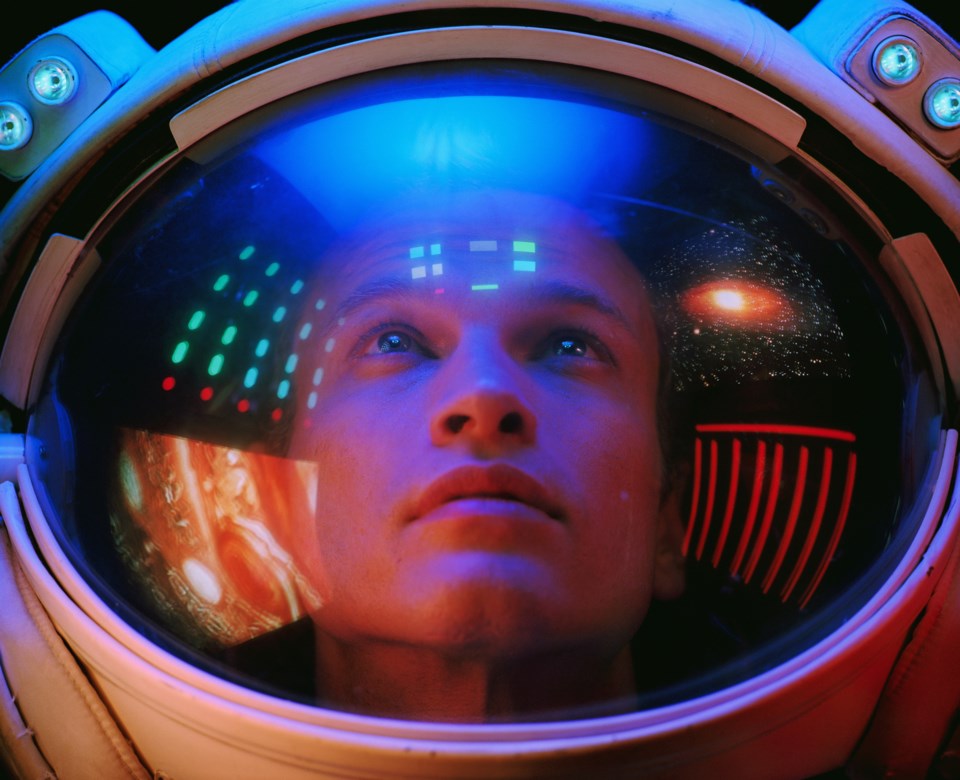The Canadian Space Agency has uncovered new research findings on space travel, showing permanent bone loss occurs in astronauts following long-duration space travel, thus raising questions about longer space journeys being envisioned in the coming decades.
“We found that weight-bearing bones only partially recovered in most astronauts one year after spaceflight,” said Dr. Leigh Gabel, assistant professor in kinesiology at University of Calgary’s McCaig Institute for Bone and Joint Health in Cumming School of Medicine.
That suggests permanent bone loss due to spaceflight is about the same as 10 years' worth of age-related bone loss on Earth, he added.
This loss happens because bones that would normally be weight-bearing on Earth, like your legs, don’t have to carry weight in space.
“Bone loss happens in humans — as we age, get injured, or any scenario where we can’t move the body, we lose bone,” explained Gabel, via a university statement June 30.
Researchers followed 17 astronauts after spaceflight since 2015 and studied weight-bearing bones.
Some astronauts who flew on shorter missions, under six months, recovered bone strength and density in the lower body, compared to those who flew for longer durations. Astronauts are said to have had varied conditions upon landing back to Earth.
“Understanding what happens to astronauts and how they recover is incredibly rare. It lets us look at the processes happening in the body in such a short time frame. We would have to follow someone for decades on Earth to see the same amount of bone loss,” Gabel says.
Former university chancellor and Canadian astronaut Robert Thirsk explained the “bizarre” feeling of returning to Earth.
“Just as the body must adapt to spaceflight at the start of a mission, it must also readapt back to Earth’s gravity field at the end,” says Thirsk. “Fatigue, light-headedness, and imbalance were immediate challenges for me on my return. Bones and muscles take the longest to recover following spaceflight. But within a day of landing, I felt comfortable again as an Earthling.”
As Thirsk says, “Astronauts will venture to deep space this decade and, in the coming centuries, humanity will populate other star systems. Let’s push back the frontiers of space exploration now to make this vision possible.”
The findings are published in Scientific Reports, a peer-reviewed publication.



